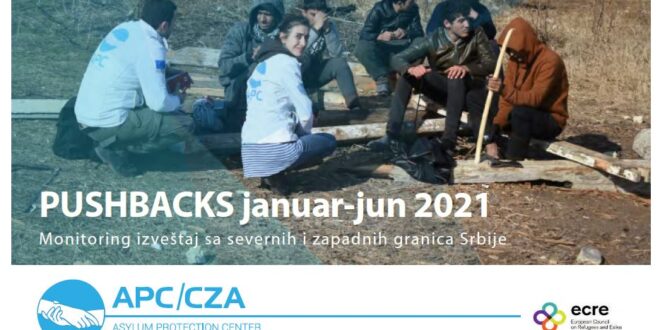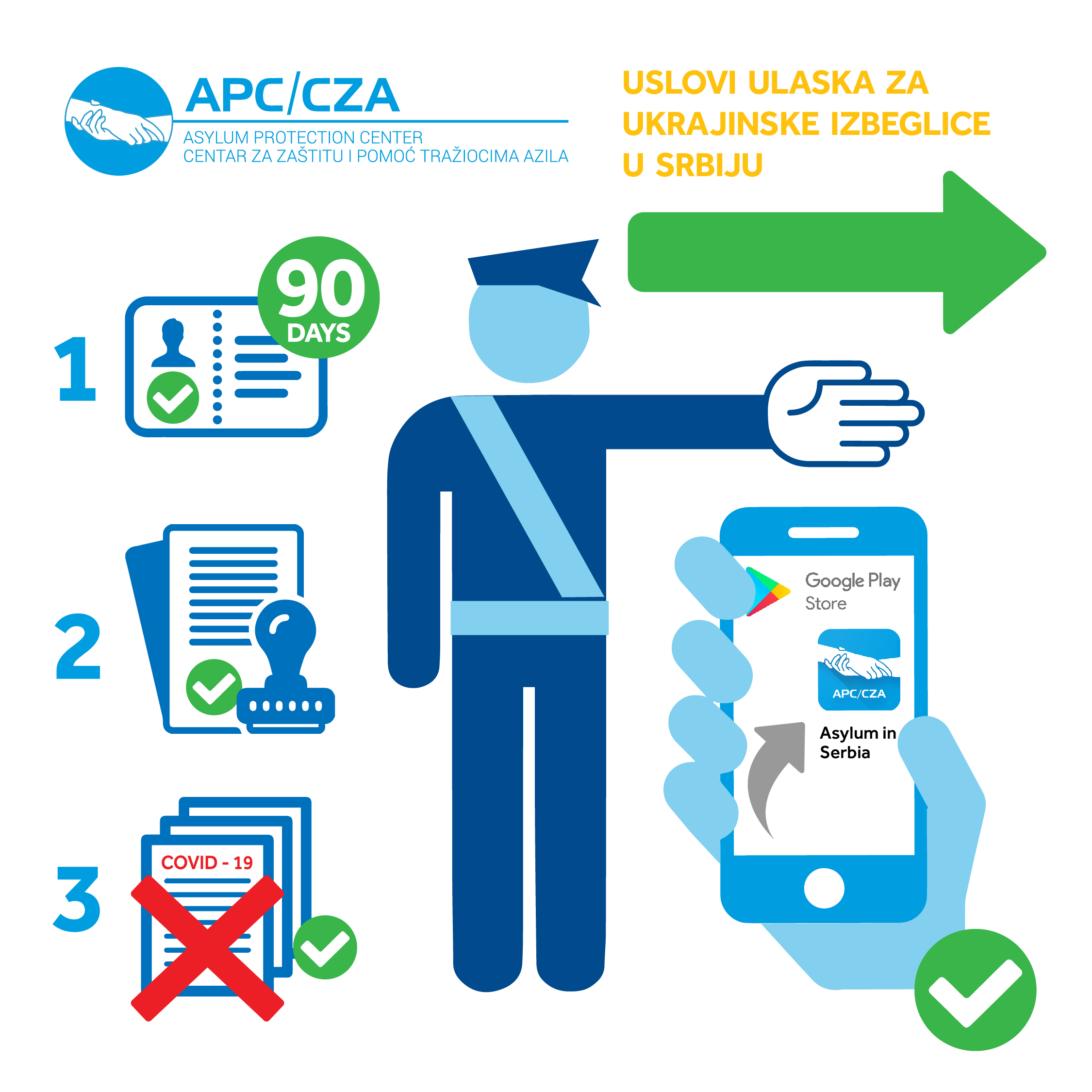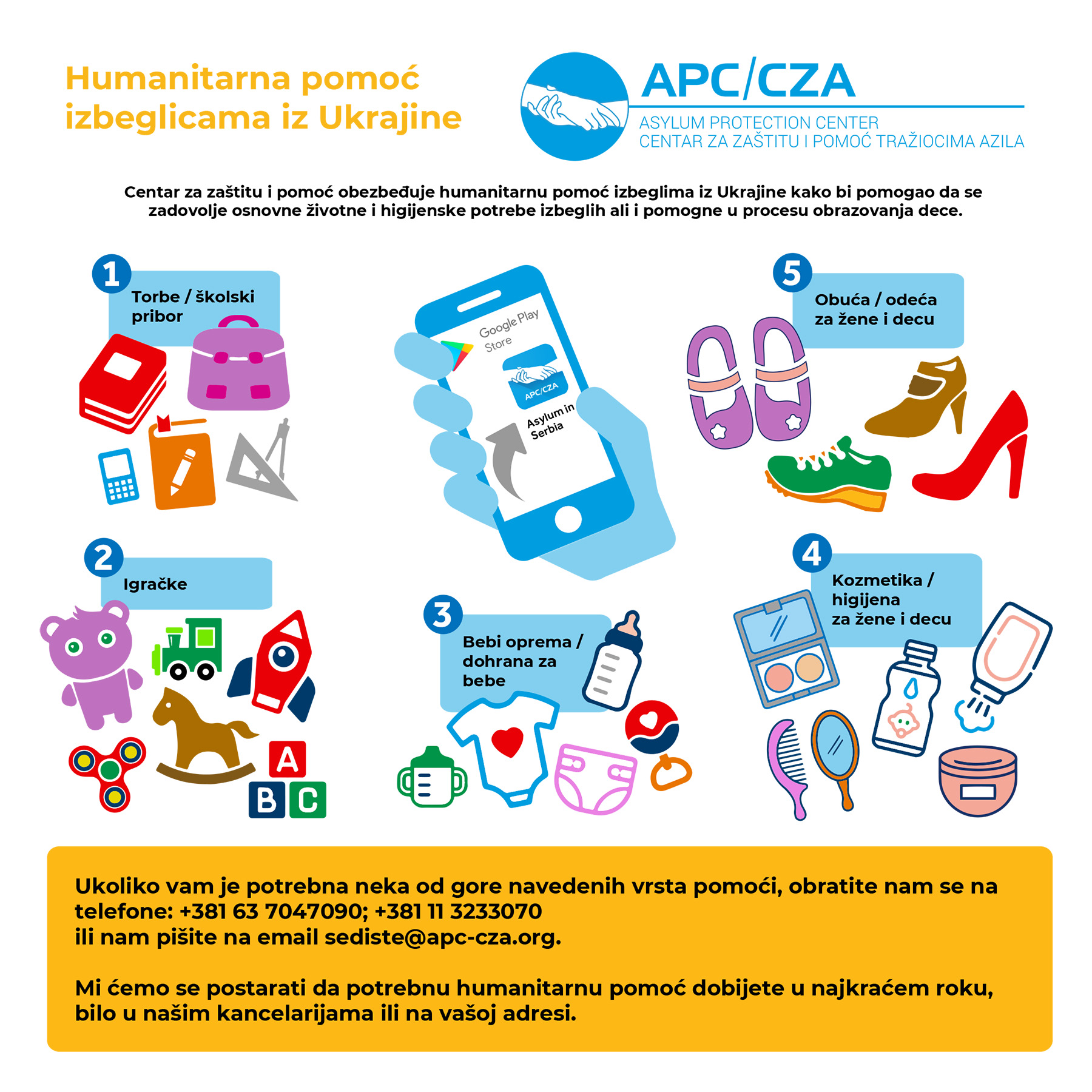Illegal and mostly violent pushing of refugees back to neighboring Serbia, the country from which they entered, has been established on almost all northern borders that Serbia shares with neighboring countries.
In the first half of 2021, 527 pushbacks from Hungary, Croatia and Romania were recorded by APC/CZA officials alone, while it is estimated that on average at least 200 people are pushed back to Serbia every day.
Every person interviewed who tried to continue was returned to Serbia at least once, while most had that experience on average twice, a small number 10 to 15, and the largest number of pushbacks experienced by one person is up to 30 times.
The total number of people along Serbia’s northern borders was between 2,000 and 3,000 refugees a day, with half of them staying outside reception centers, although it is estimated that more than 27,000 people passed through Serbia in the first six months of 2021.
The capacities of the reception centers are different and according to the official statistics of the Commissariat for Refugees and Migration for the border area with Hungary and Romania total 1295 places (PC Subotica – 280, PC Sombor – 495, PC Kikinda – 520), while they often accommodate more people. The average time of detention of refugees in this part of Serbia, in the territory of Bačka and Banat was up to 2 months.
When it comes to the western border of Vojvodina towards Croatia, the official accommodation capacities of the reception centers in the area of Srem are 1705 (PC Sid – 205, PC Principovac – 500, PC Adasevci – 1000) and were mostly not fully filled.
The number of people living outside the centers is much lower than in the border areas with Hungary and Romania, and it is estimated that about 100 people a day were in the border area in forests, squats and other informal settlements in Srem.
Up to 50% of the total number of refugees in northern Serbia live outside and around reception centers, in forests, squats, and informal settlements.
Sombor stood out as a hot spot for refugees of mostly Arab origin. The reception center, private accommodation, as well as the tents around the reception center and the forest next to the camp, are estimated to accommodate up to 1,500 people.
In June 2021, there is an increase in the number of children of Arab origin aged 6-12 who travel without parents, with adults who introduce themselves as their relatives or older brothers, and who stay in tents in front of the fence of the reception center in Sombor, where they were not allowed to enter. They do not have any access to any form of protection, nor have the camp managements reacted them in any way.
It is estimated that over 300 people crossed the border with Hungary every day, and that up to 250 people were pushed back from Hungary to Serbia every day. On average, there are about 1,000 people a day in the border zone with Hungary trying to cross the border, at a total of 11 locations from Sombor to Maidan.
It is estimated that at least 50 people a day try to cross the border with Romania, then wait a few days for the opportunity to cross to Hungary, and there are days when up to 100 people are pushed back.
It is estimated that at least between 300 and 400 people a day actively tried to cross the border with Croatia at more than 5 locations along the border, and that in some cases up to 100 people were pushed back from Croatia to Serbia every day.
 AzilSrbija AzilSrbija
AzilSrbija AzilSrbija






